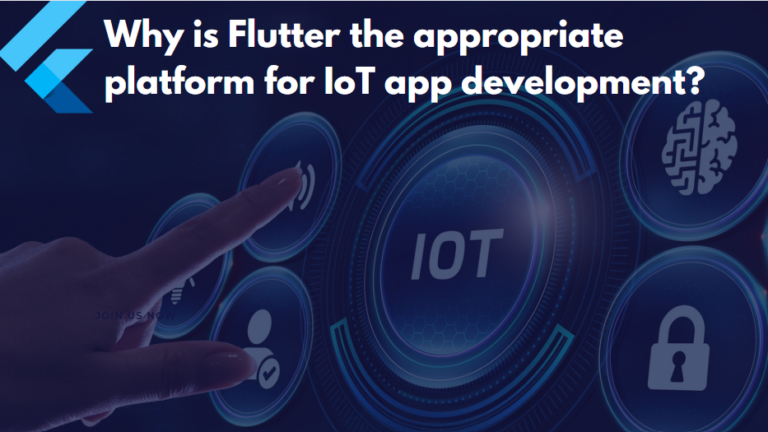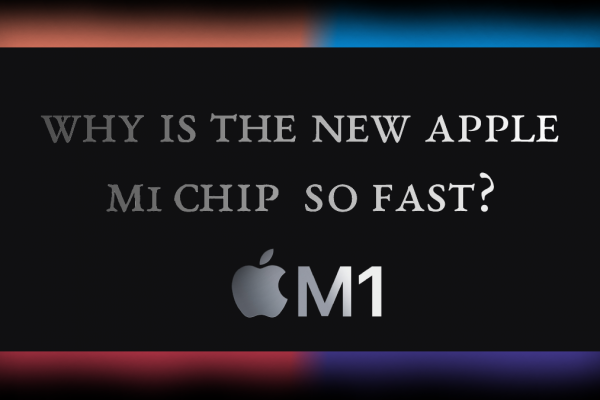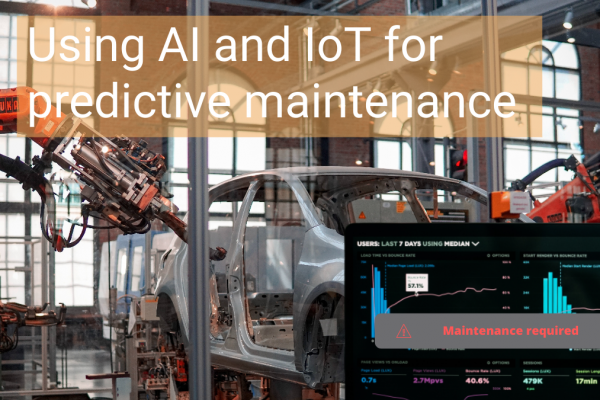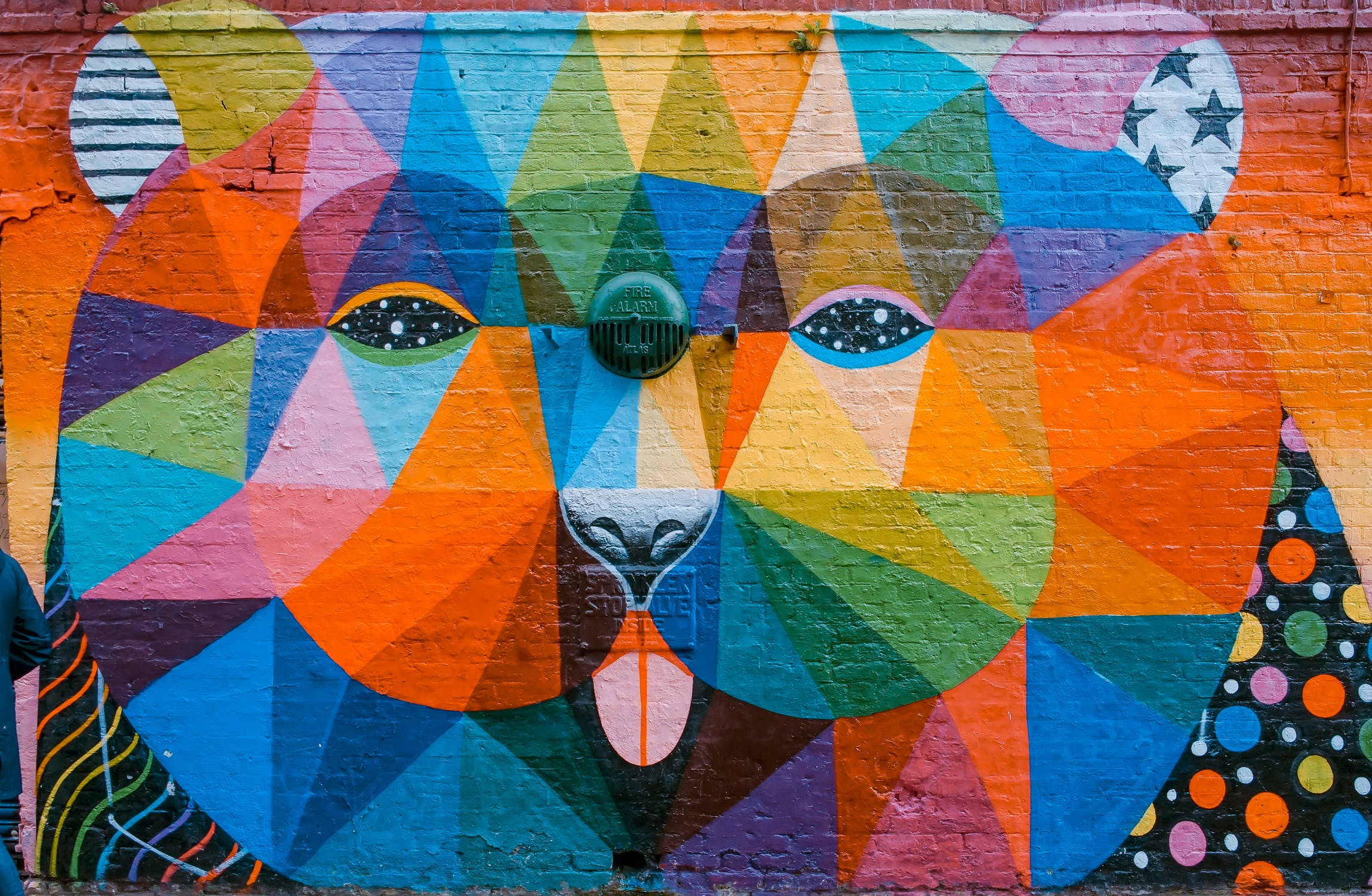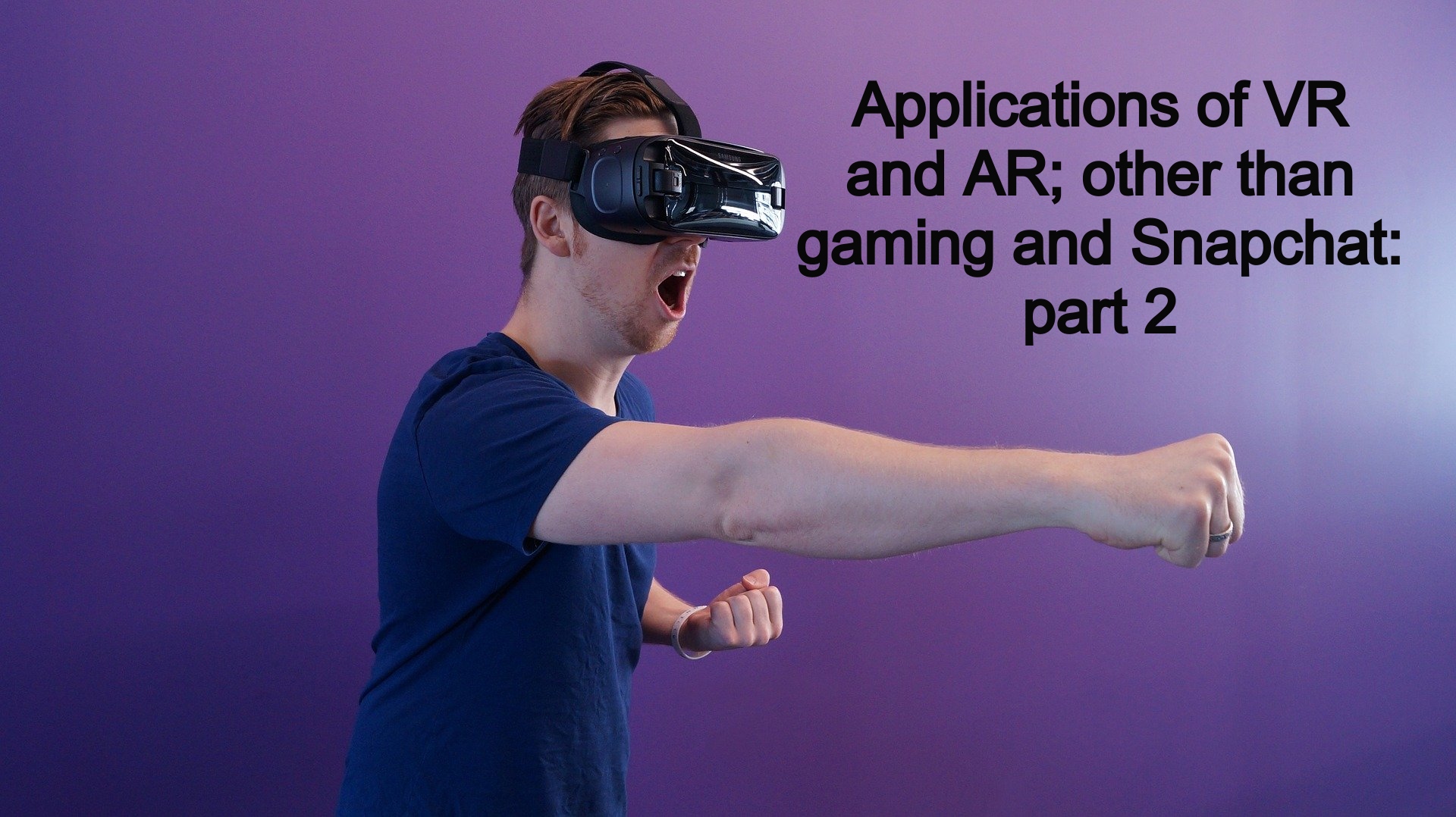The concept of the Internet of Things (IoT) is rapidly gaining traction and is set to revolutionize both our personal and professional lives. Moreover, the integration of IoT applications in mobile apps has enabled users to control a range of smart devices, including wearables like watches and eyeglasses, sensors, medical equipment, and many others.
The influence of IoT is evident in almost every facet of our lives, with its most significant impact being in residential construction, healthcare, logistics, and environmental conservation.
What makes mobile apps a preferred choice for IoT applications?
1. Widespread availability and ease of use.
2. Mobile apps can be integrated with various IoT devices, enabling users to control and monitor these devices from their smartphones or tablets.
3. Mobile apps provide a convenient and decent interface for users to interact with IoT devices.
4. Mobile devices are always carried around by people, making them an ideal platform to control IoT devices on the go.
5. Mobile apps can leverage the built-in features of smartphones such as GPS, camera, Bluetooth, Wi-Fi and microphone, to enhance the functionality of IoT devices.
6. Mobile apps have the capability to analyze and process the data gathered by IoT devices, thereby generating useful insights and facilitating decision-making.
What makes Flutter popular?
Flutter is an open-source framework by Google for building beautiful, natively compiled, multi-platform applications from a single codebase.
Multi-Platform
Because Flutter permits the utilization of a single codebase to develop two IoT apps, for different operating systems, developers can create two IoT apps with ease. It will reduce the development cost.
In addition, Flutter is a popular framework for developing MVPs, so if a prototype of an app is already in place, creating an IoT app with Flutter becomes straightforward.
Productive
Build and iterate quickly with Hot Reload. Flutter’s hot reload feature enables developers to make modifications to the code, examine the changes, and launch apps concurrently, without losing state.
Fast
Flutter code compiles to ARM or Intel machine code as well as JavaScript, for fast performance on any device. Developing applications with Flutter is quick and time-efficient since the app development process using Flutter is considerably shorter than developing native apps for two distinct platforms.
Flexible
At times, developing a user interface that aligns with your app’s requirements can be daunting.
Flutter has control over every pixel to create customized, adaptive designs that look and feel great on any screen.
The material design that helps render flexible interfaces
Native like performance
Flutter provides a means of achieving native app performance through a single framework that is both free and convenient. In contrast to many other cross-platform frameworks, Flutter does not depend on intermediary code representations or interpretations. Rather, it directly compiles Flutter apps into machine code, which eliminates any performance issues that may arise from interpretation.
An active and growing community
Google supports and utilizes Flutter, which is also trusted by renowned brands worldwide. Additionally, a global community of developers maintains Flutter.
Understanding the Layers of Flutter’s Architecture: A Comprehensive Explanation
The architecture of Flutter consists of three layers that work together to empower the framework.
1. Flutter’s framework layer is the most prominent component, which employs the Dart programming language and furnishes programmers with an extensive range of libraries for creating and styling the user interface. This layer can be classified into fundamental classes, widgets, and rendering layers.
2. Comprising core APIs such as graphics, accessibility support, text layout, and plugin architecture, the engine layer, which is developed in C/C++, provides a lower-level implementation of the Flutter framework. It interacts with the framework layer to carry out the code and produce the user interface.
3. The embedder layer is responsible for initiating the Flutter engine and endowing it with the requisite resources to generate the user interface. This layer is tailored to the platform and facilitates the execution of Flutter apps on various operating systems. Additionally, it provides a platform-specific interface for the engine layer to communicate with the native platform APIs.

By working collaboratively, these three layers enable Flutter to provide responsive, high-performing, and customizable user interfaces that function seamlessly across multiple platforms while minimizing the amount of code duplication required.
What are the steps to create a professional-grade Flutter IoT-based application?
1. It is crucial to define the application’s requirements before commencing the development process. This includes comprehending the application’s purpose, the devices it will interact with, and the data it needs to gather.
2. After defining your requirements, select an IoT platform to assist you in building your app. There are several widely used IoT platforms for Flutter, such as AWS IoT, Google Cloud IoT, Balena cloud, and Microsoft Azure IoT.
3. After configuring your development environment, commence app development by first creating the user interface by using libraries, followed by connecting to the IoT platform and setting up the data collection and analysis components. You can use popular libraries such as flutter_screenutil, sizer, flutter_blue, and mqtt_client to build responsive design, connecting, collecting, and provide instructions to IoT d to IoT devices
4. To ensure the application functions correctly, it is recommended to test it on both an emulator and a physical device.
What is your opinion on utilizing Flutter for developing IoT applications?
In today’s world, we can see a lot of IoT devices such as AC power plugs, sockets, and switch. We can also use IoT apps to control controllers like Swimming pools, Garden Irrigation, and Water flow.
Some IoT devices like smartwatches use their SDK to communicate with the app. Those devices may have their own Flutter SDK or native language (Android, iOS …) SDK. The main advantage of Flutter is that it can communicate with native code also.
Conclusion
Opting to use Flutter for IoT projects is a wise decision due to its ability to develop scalable applications. Since Flutter apps are built using Dart programming language, they are optimized for performance and feature a straightforward syntax. Additionally, Dart can run on multiple platforms, including Android, iOS, desktop, and web applications.
